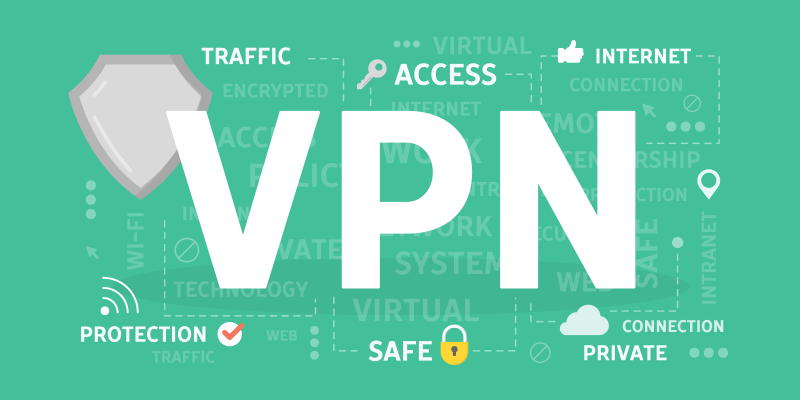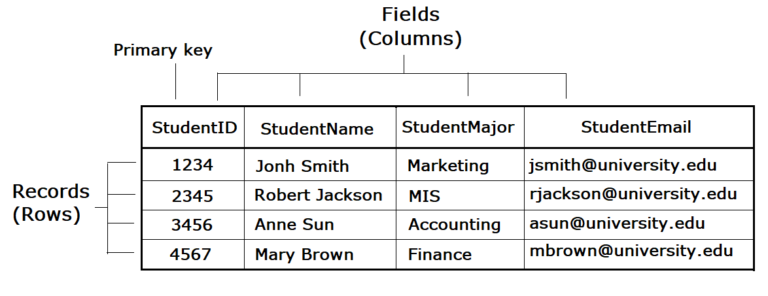One of the ways to manage business processes is through the practice of the BPM life cycle that can be organized by a gradual and interactive set of activities that include
- Planning
- Analysis
- Design
- Modeling
- Implementation
- Monitoring
- Control
- Refinement of business processes
Process management is a way of managing the entire organization based on processes, understanding these as a sequence of activities aimed at generating added value on an input to achieve a result; But it is the process as a whole that matters, not its separate parts.
For the management of the business processes of an organization, then a series of stages and activities are proposed that establish the development cycle of a Business Process Management (BPM) project, which must be followed to effectively achieve all the objectives and benefits pursued by the management.
Business Process Management (BPM) Life Cycle divided into phases (definition – implementation – evaluation)
To do this, as we see in the main figure, BPM methodologically uses a life cycle , which has evolved from that of simple continuous improvement of processes, originating from TQM-PDCA (Plan Do Check Act).It can be seen that there is a breakdown by phases, all of them governed by an alignment and integration with the Business Strategy . Continuous improvement is carried out focused on those processes that add value to the client and the business , for the realization and fulfillment of the strategic objectives and business indicators defined in the planning .
If we were going around the internal cycle, without the context of strategy, we would have a continuous improvement of the process under study, making small evolutionary improvements. With the risk that these improvements are no longer important for the business and especially for the client.
There are certain variations of the cycle according to the most prestigious authors, but most coincide in an iterative schematization in 3 central Stages, with 2 main sub-phases within them.
In every process, the ability to answer these questions is always present: What does it do? Who does it? What starts them and at what times should they be done? Where do they run? Why is it done that way? Is there another way to do it? How is it executed and what are its details? How much does its execution cost? How much does it cost to implement a new solution?
1. Definition (5W)
Strategic planning
In this phase, the main definitions of what the Business Strategy is are made . What are your strategic objectives of the current cycle of study to be able to fulfill your Vision, Mission and Values , and what is the proposed contribution of Value to the Client . In our opinion, these answers should be the results of a formal Core and Key process of any healthy organization, which must be aware not only of the day to day, but also of its environment and the needs of its customers.
Business indicators , known as KPIs (Key Performance Indicators) , must be defined . However, in the field of Business Process Management (BPM), three types of indicators can be determined that are not as widespread and that tend to be easily confused or mixed:
- KGI (Key Goal Indicator), to define what objectives must be achieved.
- KPIs , already mentioned, defined in the strategy, developed in the boards and BSC, and with real results obtained in phase 3.
- PPI (Process Performance Indicator), are the results of intrinsic performance variables of the processes, typically times (cycle and execution) and quantities (customers served, finished products, etc.), which will indirectly contribute to the formation of KPIs higher ranking. They are also defined in phase 1, and the results are obtained in phase 3.
Analysis and Modeling
Based on the previous definitions and their various analysis tools, in this phase the following are carried out: Business Models , Macro-process Maps , Value Chains interrelating transversal processes and their interaction with existing actors and systems, and a breakdown of Process Flow Diagrams currently using BPMN (Business Process Model & Notation) version 2.0 ISO9001 standard.
It is important to emphasize the advice to carry out transformation projects with Business Process Management (BPM) in an evolutionary way . Avoiding overly ambitious BIG BANG projects, which aim to map and document the entire company and all its processes. As has already been pointed out, those processes that provide greater alignment with the current strategic objectives will be the candidates to be worked on to improve and solve. Disciplines associated and coupled to the BPM cycle, such as the Agile methodology, are the ones that we use in deciding in the approach to technological implementation.
With each chosen process, it is usually based on how a certain process is today ( AsIs ). To then make a proposal to improve how it should be ( ToBe ). All based on Survey and Discovery actions with the main actors of each process, and crossing the data and analysis collected in the Evaluation phase of previous iterations. If these did not exist, that is, starting from scratch without having documentation or results of previous facts and data, it would require an Optimization phase using the techniques and tools that are cited later in this article. For example, the simulationof the proposed BPMN models before being implemented in real mode, in this way their behavior can be anticipated, corrections made, the expected probable results known, etc.
2. Implementation (2H)
Solution Design
In this phase, the theoretical plan of the previous one begins to give real life . There are quite a few discrepancies and differences in the approach, since it is quite common to see approaches purely and purely of a technological nature for the resolution of problems within the processes. But the other fundamental vector of transformation is left aside, which are the people who actively participate in the processes. It is recalled that Business Process Management (BPM) is a holistic methodology, therefore there must be, along with the implementation of technologies , a cultural change program for development projects to be successful. Both aspects are part of the HOW .Regarding the design of each cycle, what is sought is to achieve the elimination of activities that do not add value (to the client and the business) and the automation of the greatest possible number of manual repetitive tasks, in which people are more valuable. to do other kinds of activities.
Orchestration, Integration and Automation
From a technological point of view, the use of a BPM or BPMS Suite is recommended . Once again, it is emphasized that Business Process Management (BPM) (discipline) is not the same as BPMS (technology). Since through a BPMS all processes and activities can be orchestrated, discriminated by roles of the people and systems involved. There is also a high need for integration with existing vertical systems, as well as other external technological services.The most important thing today, in the face of a true digital transformation , is the need to automate those high-volume repetitive activities , or those that are very complex in which artificial intelligence , decision systems and business rules are needed , automate decisions , robotization , content management , etc. Soon we will write a special article related to all these necessary, complementary and integrated technologies to a BPMS, in which he decides has extensive experience, experience and prestige in the market.
Implementation
In the previous subphases we have seen the H of HOW you want to implement. But obviously everything has a cost of time, money and necessary resources, defining HOW MUCH IT COST . Important here, in addition to the mere calculation of costs , is to carry out an analysis of the return on investment(ROI), to determine how long it will take to recover the investment in the solution. On this last point, there are numerous documented success stories where ROI accelerates as base platforms like BPMS, BRMS, etc. are reused in different subsequent implementation projects.Therefore, the most appropriate thing is to be able to demonstrate that although there are larger investments at the beginning, as time goes by, there must be a scheme for liquefying costs and accelerating benefits as more processes are incorporated into the transformation. A splitting of the ROI between one year and three years of time window is adequate in most cases.
3. Evaluation
Monitoring
Another of the great advantages of using a BPMS as a platform for launching and executing instances of existing processes is having portals with complete dashboards that show real -time information on what is happening. Operational, tactical and strategic boards can be developed depending on the profile of each role that is consulting it and the functionality sought.
Unlike technologies of previous decades, a BPMS can store all the instances created, with information such as by whom it was executed , or how long were the partial durations of activities and total cycle time of each process , it can set alarms in the event of non-compliance of service levels, reassign tasks that are stuck at certain points, and many other associated advantages. All this information will be vital to be able to analyze and apply optimization techniques and tools.
Some BPMS already have Balanced Scorecard (BSC) dashboards , and all have the ability to communicate results to dedicated external technologies. As a result, it is possible to obtain in real time how the processes are contributing to the fulfillment of the strategic objectives and business indicators defined in phase 1.
Optimization
From the data obtained in log files, and their boards, in this phase there is a battery of disciplines, tools and associated technologies that cross half a century to the present.
From manual or semi-manual techniques such as fishbones (Ishikawa), Pareto, TQM (Total Quality Management), SixSigma, LEAN, TOC (Theory of Constraints) , etc., to the latest cutting-edge technologies such as Process Mining. Processes) and/or application of Artificial Intelligence, Machine Learning and Predictive and Prescriptive Mathematical Models .
With the techniques to be applied depending on the case and the best scope and suitability, improvement initiatives are carried out. Initiatives have traditionally been handled as a new beginning of the improvement cycle, with approval threads, which can become quite tedious in time.
In summary, BPM provides a way to manage and improve organizational performance by optimizing and managing business processes through a cycle of modeling, execution and evaluation, combining best practices to orchestrate the activities of the organization with the people in them. involved, controlling the sequence and managing communications and associated documents at the same time. This creates a highly monitored collaborative environment (close to 100%) that allows us to know at all times what, why and how things happen.
Veronica is a culture reporter at Collaborative Research Group, where she writes about food, fitness, weird stuff on the internet, and, well, just about anything else. She has also covered technology news and has a penchant for smartphone stories. .
Leave a reply
Your email address will not be published. Required fields are marked *Recent post

What is a VPN, How does it work, VPN meaning and more explained

Want to Clone WhatsApp? App Cloner for WhatsApp allows you to do so

Does Instagram Notify When You Screenshot a Post of Someone?

